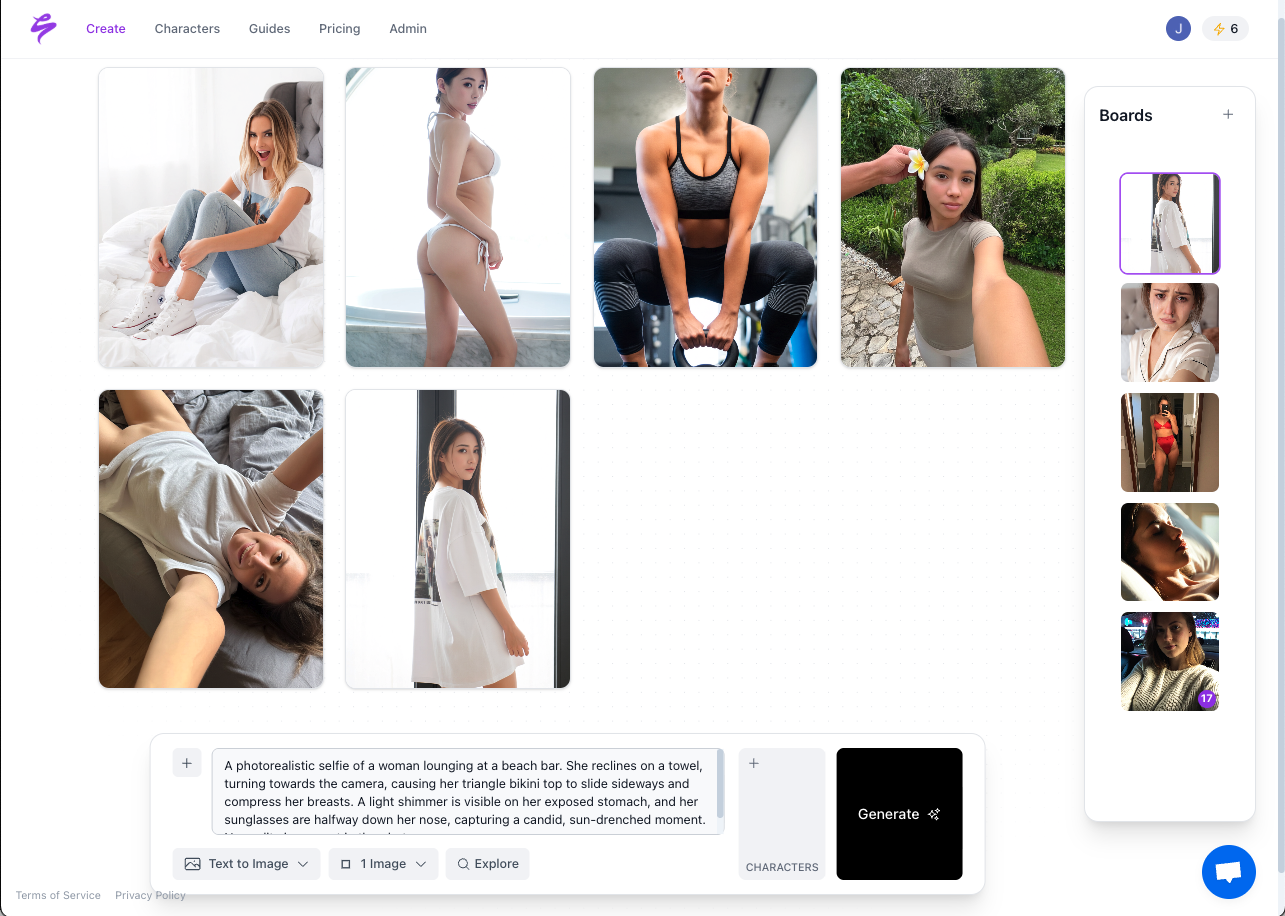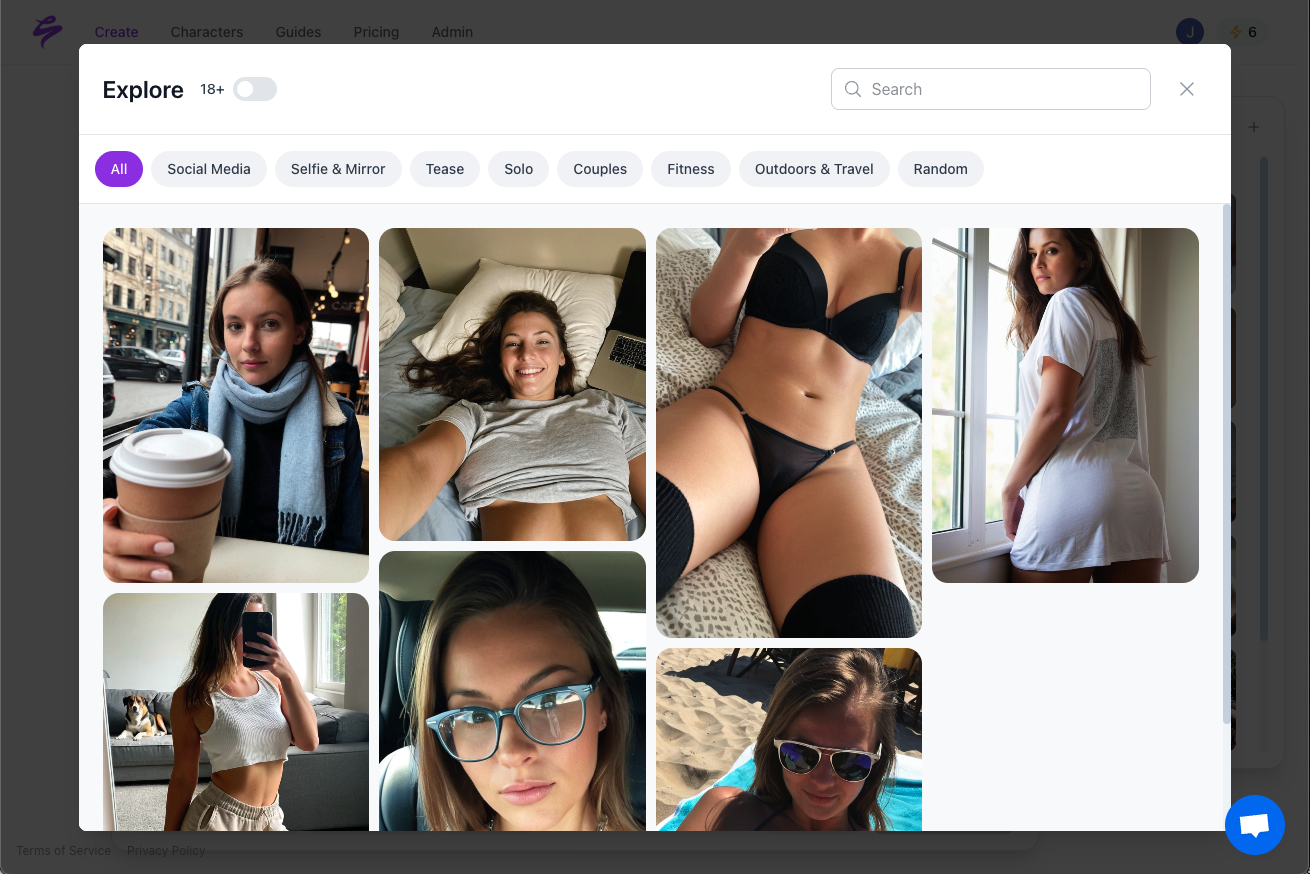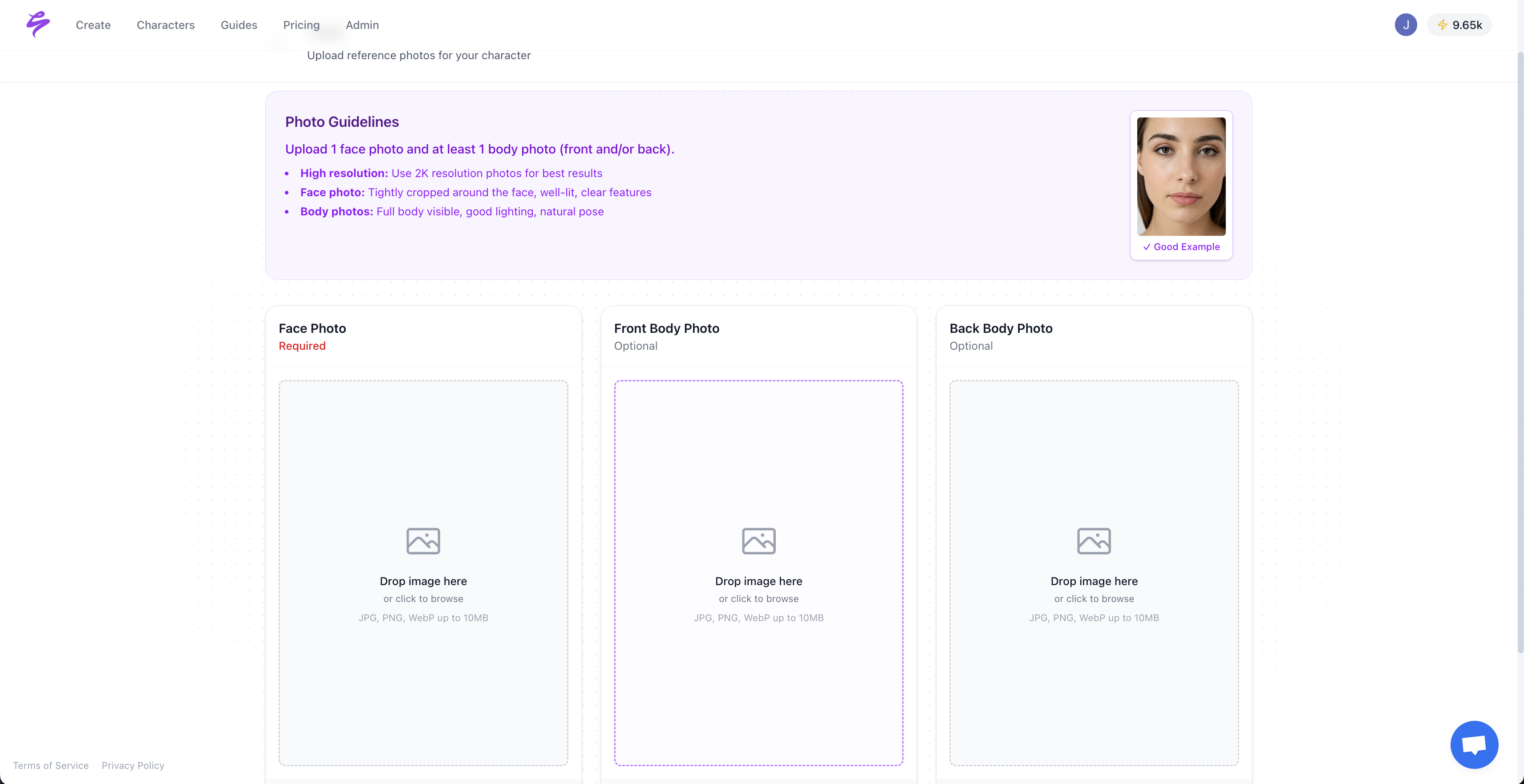Key Takeaways
- Image-to-video AI tools help creators meet rising demand for short-form and long-form video without relying on traditional production workflows.
- Each platform in this list serves a different use case, from cinematic storytelling and versatile editing to cost-efficient virtual avatars and monetization-focused content.
- Google Veo 2 and Runway Gen-4 suit established creators and agencies that prioritize premium visual quality and advanced controls.
- Kling AI 2.0 Master and HeyGen offer strong value for emerging creators, virtual influencers, and brands that need character consistency and language flexibility.
- Sozee focuses on creator monetization with hyper-realistic content generation, privacy controls, and workflows tailored to subscription and fan platforms.
- Creators who match their platform choice to audience size, budget, and content strategy can scale output while protecting time, energy, and margins.
1. Google Veo 2: The Cinematic Powerhouse for Professional Creators
Google Veo 2 delivers high-end image-to-video capabilities for creators who want cinematic results. The system handles complex scenery animation and photorealistic motion and turns a single image into detailed video sequences that can resemble traditional film production. This level of quality helps maintain viewer attention across longer videos.
Veo 2 uses a detailed approach to lighting, depth, and environment. The AI analyzes each input image and maintains consistent visual style throughout the generated video. For creators building premium content brands or agencies serving high-end clients, Veo 2 can provide professional-grade results that support higher-priced content strategies.
The platform supports resolutions from 720p to 4K with multiple aspect ratios that fit major social platforms. This export flexibility helps creators repurpose footage across feeds, stories, and longer formats. The premium focus often comes with higher pricing, so Veo 2 tends to fit established creators with reliable revenue or agencies managing multiple high-value accounts.
2. Runway Gen-4: The Creator’s Swiss Army Knife
Runway Gen-4 gives creators an all-in-one environment for AI video production. The Gen-3 Alpha model delivers realistic, consistent motion with advanced editing options, and the newer Gen-4 version builds on this with faster processing and more creative control.
The platform offers text-to-video, image-to-video, and editing tools in a single workspace. Creators can start with minimal assets, such as one strong image, and generate multiple variations with different camera angles, lighting conditions, and motion patterns. This flexibility suits creators who need a wide range of content styles from a small library of source assets.
Agencies benefit from workflow features that help manage busy client rosters. Runway supports batch processing, templates, and collaborative review, which can streamline approvals and scheduling. These tools make it easier to keep brand guidelines intact while scaling production for multiple creators and channels.
3. Kling AI 2.0 Master: The Cost-Effective Quality Leader
Kling AI offers strong video quality for a wide range of creator needs, especially for emerging creators and budget-conscious agencies. The 2.0 Master version adds advanced control features, including more precise editing and improved lip-sync realism.
The platform focuses on keeping characters consistent across many video generations. This capability can help virtual influencer builders who need digital personalities to stay recognizable in every clip. Kling’s handling of facial expressions and movement supports this goal.
Kling’s pricing structure makes it appealing within the creator economy. The platform works well as an affordable option for mixed-media and stock video replacements, which lets creators publish content without full production teams. Processing times can vary by complexity and traffic, so planning ahead for larger batches is helpful.
4. HeyGen: The Avatar Specialist for Personal Branding
HeyGen focuses on human avatars and talking-head style content. The platform centers on AI avatars with natural expressions and movements, which helps creators keep a personal feel even when they scale output.
Creators who publish a high volume of speaking content often find HeyGen useful. The technology can take a single image and generate videos of that subject delivering different scripts. Support for many languages broadens distribution options for creators who serve global audiences.
Anonymous creators and virtual influencer builders can use HeyGen to balance personality with privacy. The tools aim to keep character features consistent while allowing changes in script, wardrobe, or setting. This balance supports long-term audience connections without constant on-camera appearances.
5. Sozee: The AI Content Studio for Creator Monetization
Sozee centers its platform on the needs of the creator economy, with a focus on hyper-realistic photos and short videos that support direct monetization. The system lets users upload as few as three photos to reconstruct their likeness with high accuracy, then generate unlimited, on-brand content tailored for platforms like OnlyFans, Fansly, FanVue, TikTok, Instagram, and X.

Sozee’s workflow emphasizes revenue-focused outputs. Features include high-fidelity likeness recreation, brand-consistent content sets, SFW-to-NSFW funnel exports, and fast fulfillment of custom fan requests. Reusable style bundles make it easier to reproduce top-performing looks and themes, while agency tools such as approval flows and scheduling help teams keep quality and branding consistent at scale.


Sozee suits creators who want to publish consistently without burnout while keeping full control and privacy. The platform supports top creators who need time-efficient workflows, anonymous creators building niche personas, and virtual influencer teams that require scalable, predictable output. Explore Sozee today to set up an AI content studio that centers on monetization.


Key Features Comparison: What Matters Most for Creator Success
|
Platform |
Best For |
Unique Strength |
Ideal User |
|
Google Veo 2 |
Cinematic Quality |
Complex Scenery Animation |
Premium Creators |
|
Runway Gen-4 |
Versatility |
Comprehensive Feature Set |
Multi-Platform Creators |
|
Kling AI 2.0 |
Value Performance |
Cost-Effective Quality |
Budget-Conscious Creators |
|
HeyGen |
Avatar Creation |
Lip-Sync Realism |
Personal Brand Builders |
|
Sozee |
Creator Monetization |
Hyper-Realistic Content for Monetization |
Creators & Agencies |
Making Your Platform Choice: Strategic Considerations for 2025
Effective platform selection starts with a clear view of your content needs and revenue model. Leading tools focus on visual consistency, creative control, and fast rendering, but each one aligns with different segments of the creator economy.
Established creators with large audiences often gain the most from premium tools like Google Veo 2 or Runway Gen-4. The higher visual quality and advanced controls can justify higher subscription tiers, paywalled content, or brand deals. These platforms help deliver a polished look across multiple formats and revenue streams.
Emerging creators and virtual influencer builders usually benefit from platforms that balance cost with essential features. Kling AI 2.0 Master, HeyGen, and Sozee offer strong tools for character consistency, language options, and monetization workflows while keeping budgets manageable during growth phases. Get started with Sozee now if you want an AI workflow built specifically for creator monetization and fan-driven content.
The Future of Content Creation: Beyond Traditional Limitations
The evolution of image-to-video AI technology represents more than a new tool category. It signals a shift in how creators plan content, manage production, and build businesses. These platforms help remove physical, geographic, and many cost constraints while still supporting the personal connection that drives long-term fan relationships.
Creators who succeed in 2025 and beyond will combine AI tools with clear content strategies and audience insights. Image-to-video systems provide the scale, but growth still depends on understanding audience behavior, platform algorithms, and monetization models that turn output into recurring revenue.
Ongoing improvements in motion realism, character consistency, and control options will continue to raise the bar. The platforms leading today are shaping the infrastructure of the next phase of the creator economy, so early familiarity and experimentation can become a meaningful advantage over time.
Frequently Asked Questions
How many images do I need to generate high-quality videos?
Most leading image-to-video platforms can produce strong results from a single high-quality image, and many creators see better consistency by providing three to five images of the same subject from different angles. Clear, well-lit, high-resolution photos that focus on the subject give the best outcomes. Platforms like Sozee can reconstruct a creator’s likeness with high realism from as few as three photos, which reduces the need for large photo shoots or complex setups.
What video lengths and formats can I expect from these platforms?
Video length depends on the platform and subscription tier. Free or entry-level plans often create clips in the 2–8 second range, while paid tiers can extend to 30 seconds or several minutes. Most tools support common aspect ratios such as 16:9 for YouTube, 9:16 for TikTok and Instagram Stories, and 1:1 for Instagram feed posts. Exports typically use MP4 at resolutions between 720p and 4K, with frame rate options tuned for social sharing.
Can AI-generated videos maintain consistency for virtual influencer characters?
Many advanced platforms in this list support strong character consistency through model training and facial tracking. The most effective setups allow you to save and reuse character profiles so the same virtual persona appears across hundreds of videos. Features such as style templates, pose libraries, and locked facial characteristics help keep your character recognizable while you experiment with new scenes and concepts.
How do costs compare between traditional video production and AI image-to-video generation?
Most AI image-to-video tools use subscription plans that range from roughly $20 to $250 per month, based on feature depth and generation limits. This pricing often reduces costs compared with traditional production, where each finished minute can cost hundreds or thousands of dollars after accounting for equipment, locations, talent, and editing. Creators who publish daily content can lower production expenses by a large margin while increasing volume and testing more ideas.
What are the main limitations I should be aware of?
Key limitations include processing times that can range from 30 seconds to several minutes per clip, depending on complexity and system load. Some tools still have difficulty with complex hand poses, busy backgrounds, or highly specific lighting. Lower-tier plans usually include daily generation caps and may apply watermarks to outputs. These constraints continue to improve as the technology advances, and leading platforms update quickly to expand what is possible with AI-generated video.
